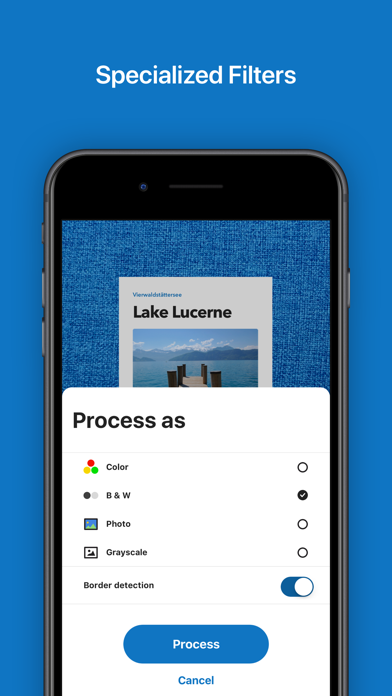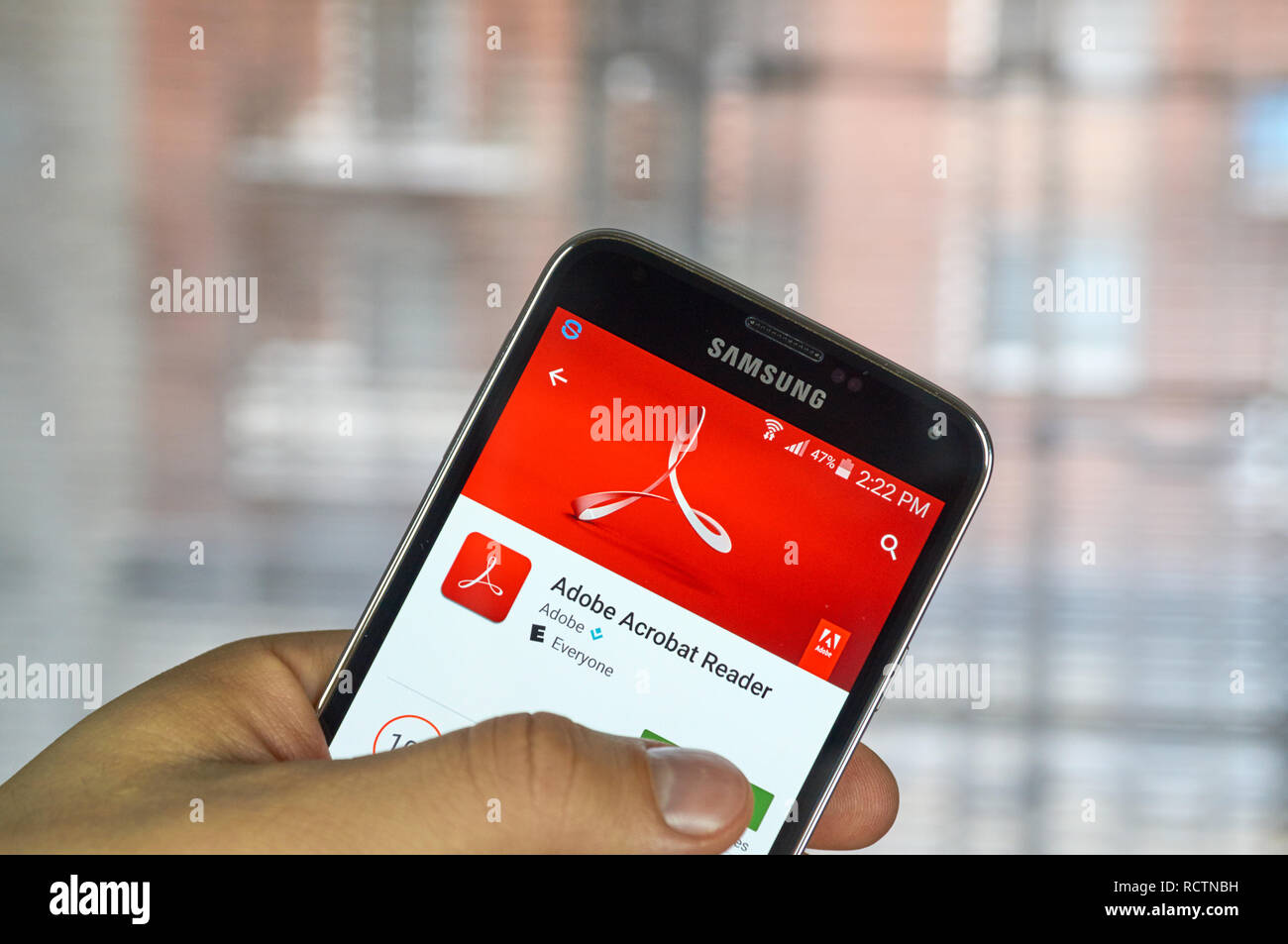
If you are using it at home or your office etc. I have a wooden case that put mine in when traveling with it. A cover may help reduce this a bit, but realistically if you can flex the cover I question how much it helps. You're most likely to run into problems if you are carrying your device in a briefcase/purse etc where you can inadvertently cause pressure that may bend or flex it. when a temperature change causes expansion or contraction).
SCREEN READER SOFTWARE FOR PDF DOCUMENTS CRACK
The glass substrate is rigid but very thin so flexing it can cause it to crack or develop a micro-fracture that may break at a later time (i.e. IMHO however, the bigger killer of e-ink screens (and more so on the larger devices you are interested in) is from bending or flexing of the device. This means that a sharp impact on the screen can cause the substrate to shatter (rendering the screen useless) even when the surface still looks pristine.

The reason for this is that the substrate of the e-ink is a paper thin (literally, you can search the forums here for pictures from various teardowns if you want to see it) sheet of glass. Personally I have never used a case and never broke a screen.Į-ink is MORE FRAGILE than say a screen on a cell phone or tablet, yes. Many will comment that you absolutely must keep your reader in a cover and it must never ever leave that case. Sorry I can't really comment on the specific readers you are inquiring about, but I'll comment on fragility of e-ink. Is it right? Is it hard to conserve them? NVDA already announced their plans to incorporate PDF/UA support in their software.I heard that the screen of these e-book readers are really fragile. The NVDA project offers a free, open source screen reader for Windows. Like a conforming reader, conforming AT must support document navigation via page labels, structure hierarchy or bookmarks.Ĭommercially available assistive software is expected to support the PDF/UA-1 standard in the future. document content which is not included in the structure tree. alternate description of annotations and descriptions of form fieldsĪ conforming AT device must consume and present the information provided by the conforming reader.metadata and digital signature information.names and contents of file attachments.information about the presence and names of layers (optional content).text in logical reading order along with the natural language of the text.It must support document navigation via page labels, structure hierarchy or bookmarks, and cooperate with AT by making available the following items: A conforming reader must correctly interpret accessibility-related information in a PDF/UA document and provide it to AT. Common examples of AT are a screen reader program which presents text on the screen on a Braille device, and speech synthesis software which reads the document contents to the user.

This may be done via interoperability interfaces such as MSAA on Windows. AT doesn’t usually interpret PDF documents directly, but in combination with a PDF reader. AT is »software and/or hardware used by a person with a disability that provides alternative controls and/or renditions to facilitate their access to and usage of available functionality and information«. (the PDF 1.7 standard) which adheres to additional provisions.
SCREEN READER SOFTWARE FOR PDF DOCUMENTS ISO
A conforming reader is a PDF consumer according to ISO 32000-1 The PDF/UA-1 standard not only specifies file format requirements, but also the behavior of a »conforming reader« and »assistive technology« (AT).

PDF/UA conforming Readers and Assistive Technology (AT)


 0 kommentar(er)
0 kommentar(er)
